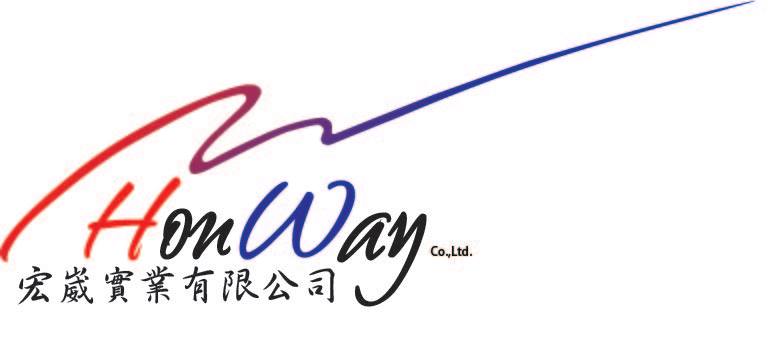With the increasing popularity of wearable technology, the demand for flexible electronic materials is also rapidly growing. A recent study from the Queensland University of Technology (QUT) in Australia, published in Nature Communications, has successfully developed a new flexible semiconductor material that can efficiently convert human body heat into electricity, paving the way for the future of battery-free wearable devices.
Table of Contents
Innovation from “Vacancy Engineering”: Manipulating Atomic Space to Enhance Thermoelectric Efficiency
The key to this technological breakthrough lies in “Vacancy Engineering,” which involves precisely controlling the vacancies/defects between atoms in a crystal structure to adjust the thermal, electrical, and mechanical properties of the material. The research team based their work on a silver-copper (tellurium, selenium, sulfur) alloy, a semiconductor material composed of silver, copper, tellurium, selenium, and sulfur. By manipulating the atomic space within it, they enabled it to possess excellent thermoelectric performance while being soft and flexible.
Dr. Nam-Hai Lee from QUT explained that the manipulation of vacancies not only improved the material’s efficiency in converting heat to electricity but also endowed the material with outstanding plasticity and stretchability, which is crucial for designing wearable devices that fit the human body and generate electricity stably.
Simple Melting Method for Production: Can be Directly Attached to the Human Body
Unlike traditional complex processes, this material can be synthesized through a simple and cost-effective melting method, giving it practical value. To verify its potential for real-world applications, the researchers developed several miniature flexible devices that can be directly attached to the human arm for use, stably generating electricity.
In addition to Dr. Lee, the team members included Dr. Xiaolei Shi, Siqi Liu, Tianyi Cao, Min Zhang, Wanyu Lyu, Weidi Liu, Dongchen Qi, and supervising professor Professor Zhigang Chen. The research spanned QUT’s School of Chemistry and Physics, the Centre for Materials Science, and the Australian Research Council Centre of Excellence for Carbon Science and Innovation.
Balancing Flexibility and Performance: Solving the Long-Standing Challenge of Wearable Devices
One of the core challenges of wearable technology is how to provide a stable and continuous power source while maintaining the device’s flexibility and comfort. The human body itself, as a stable heat source, especially during exercise when a significant temperature difference is generated, could become an ideal energy source for wearable devices if it can be utilized.
Professor Zhigang Chen stated that most mainstream flexible thermoelectric materials in the past have been organic materials or fragile inorganic thin films, both of which face limitations in efficiency or durability. The silver-copper (tellurium, selenium, sulfur) alloy used in this research, however, is a rare inorganic material that not only possesses excellent thermoelectric conversion capabilities but also exhibits exceptional flexibility and ductility, demonstrating its potential to become a core material for future thermoelectric wearable devices.
Looking Ahead: Will Flexible Thermoelectric Devices Enter a Battery-Free Era?
As flexible electronics and wearable device technology continue to evolve, the application of thermoelectric materials will play an increasingly critical role. The QUT team has also demonstrated an ultra-thin flexible film capable of generating electricity from body heat in another study published in Science, which is expected to replace traditional batteries and enable the design of lighter and more environmentally friendly devices.
Professor Chen pointed out, “The key to advancing flexible thermoelectric technology lies in exploring various possibilities and material combinations. This is not only a technological advancement in energy conversion but also represents a significant step towards a battery-free future for wearable technology.”
Reference
- Using an Atomic “Vacancy Engineering” Method to Develop a New Flexible Semiconductor
- Scientists Unlock New Flexible Semiconductor Using Atomic “Vacancy Engineering”
- Nan-Hai Li, Xiao-Lei Shi, Si-Qi Liu, …, Zhi-Gang Chen (2025). Strategic vacancy engineering advances record-high ductile AgCu(Te, Se, S) thermoelectrics, Nature Communications, volume 16. DOI:10.1038/s41467-025-58104-x.
(Source of the first picture: AI)
We offer customized adjustments to the grinding process, tailored to meet processing requirements for maximum efficiency.
Feel free to contact us and we will have specialist available to answer your questions.
If you need customized quotations, you’re also welcome to contact us.
Customer Service Hours: Monday to Friday 09:00~18:00 (GMT+8)
Phone: +8867 223 1058
If you have a subject that you want to know or a phone call that is not clear, you are welcome to send a private message to Facebook~~
Honway Facebook: https://www.facebook.com/honwaygroup
You may be interested in…
[wpb-random-posts]

